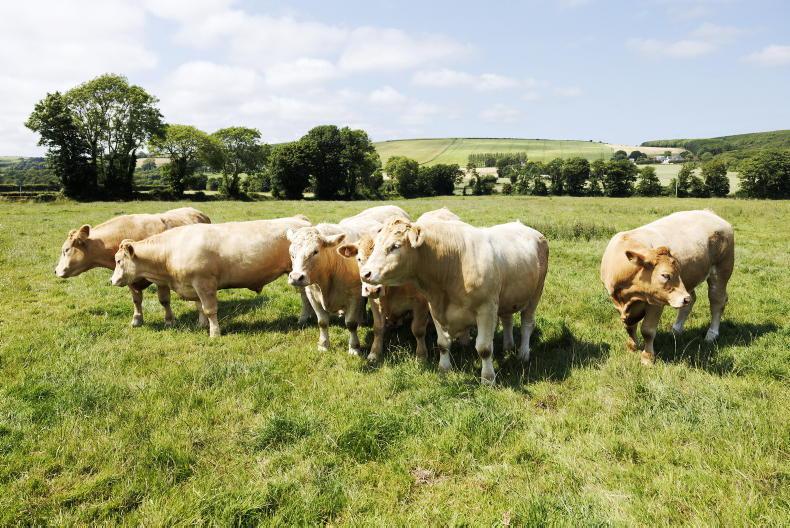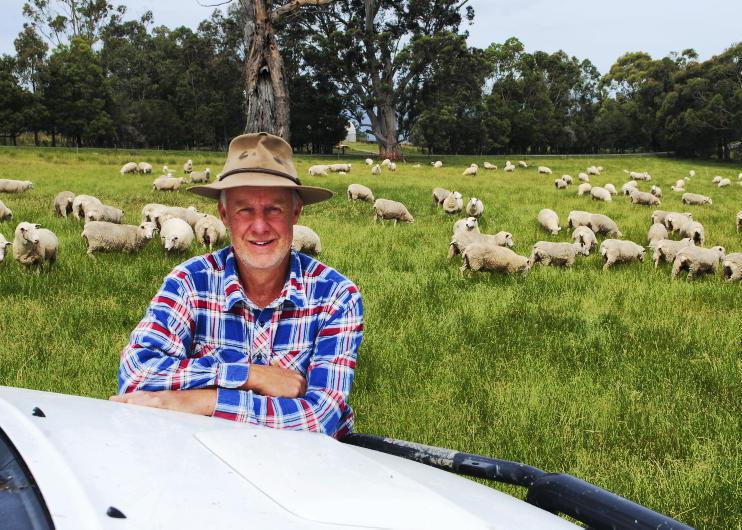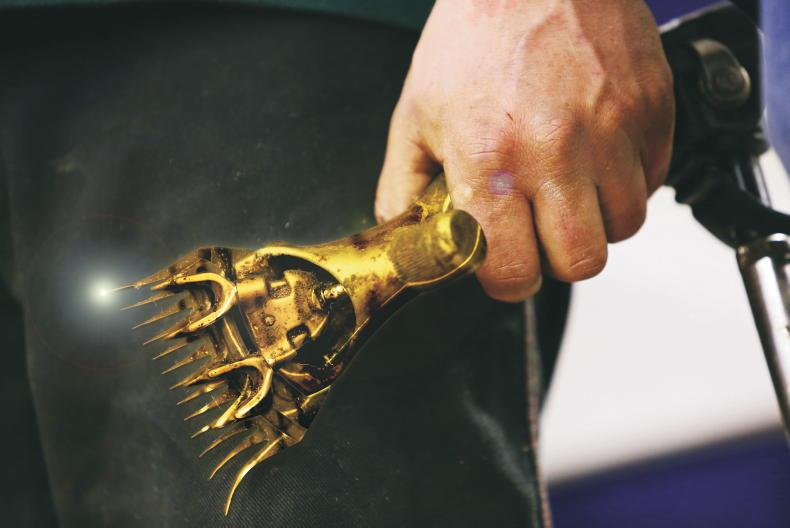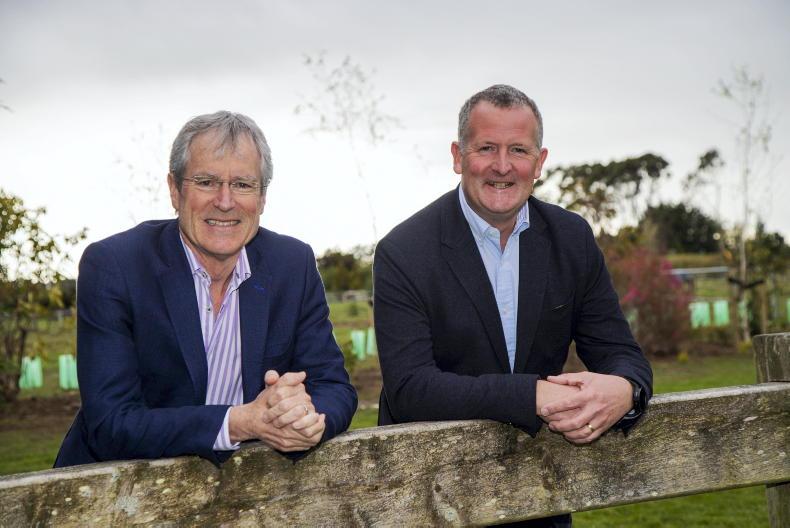With breeding finished on the farm after 12 weeks of AI, we took up jobs like maintenance and all the things you avoid when there are more pressing issues.
With the pressure off, I took the opportunity to help the local Young Farmers Club with some fundraising, which consisted of dosing and vaccinating lambs for a local farm.
At home, we have a small flock of sheep and I thought this would be an ideal opportunity to remind myself of what I have been missing out on. This was until I realised we would be using a conveyor to cover the few thousand lambs we had to dose.
At peak efficiency, I would confidently say we could dose my entire flock at home in just a few minutes on this conveyor.
Even allowing for the pressure of having a constant stream of lambs to dose every few seconds, it was a great experience and something I never thought I would be doing when I first came over to New Zealand for dairy farming.
Mid-lactation
Back on the farm, we continue with the usual task of looking after 650 cows in mid-lactation, with cows at present yielding 1.5kg milk solids (MS) per cow per day from 18l.
The main focus with grass at present is to begin building covers for next spring by lengthening the round, along with increasing the average pasture cover (APC).
For the last few weeks, grass growth has been exceptional, with little to no irrigation being required as we have received consistent rainfall.
The aim is now to push the farm out to a 30-day round from the current 25 days. Round length will then continue to increase into the autumn, before closing the platform at dry-off.
Dry-off won’t be until the end of May, but planning for next season now will ensure that the farm has sufficient grass once cows start calving at the beginning of August.
Whole crop has also been cut on-farm, with all these paddocks under-sown with grass, which will bring a couple of paddocks on the platform back into the rotation.
Supplement
The supplement will be restored later in the season as a tool to maintain the extended round length. Cows have not been receiving additional feed since October, when grass growth went above demand.
The farm will typically only ever supplement cows in the shoulders of the season.
Decision
In planning for the future, I have to make a decision on whether to stay longer in New Zealand or head back home.
The opportunities and scale of dairy farming mean there is a path for someone like myself to progress in the industry, from managing a farm, to contract milking, followed by share milking. In the local area, numerous Irish farmers have been very successful and proved how far one can progress in this country when there is a willingness to learn and good work ethics. These factors have led me to commit to at least another year in New Zealand.
It is also another year to explore this country and enjoy the Kiwi lifestyle – that in itself would be a good enough reason to stay.
Read more
Impressed by contractor work in New Zealand
Ready for breeding season in New Zealand
With breeding finished on the farm after 12 weeks of AI, we took up jobs like maintenance and all the things you avoid when there are more pressing issues.
With the pressure off, I took the opportunity to help the local Young Farmers Club with some fundraising, which consisted of dosing and vaccinating lambs for a local farm.
At home, we have a small flock of sheep and I thought this would be an ideal opportunity to remind myself of what I have been missing out on. This was until I realised we would be using a conveyor to cover the few thousand lambs we had to dose.
At peak efficiency, I would confidently say we could dose my entire flock at home in just a few minutes on this conveyor.
Even allowing for the pressure of having a constant stream of lambs to dose every few seconds, it was a great experience and something I never thought I would be doing when I first came over to New Zealand for dairy farming.
Mid-lactation
Back on the farm, we continue with the usual task of looking after 650 cows in mid-lactation, with cows at present yielding 1.5kg milk solids (MS) per cow per day from 18l.
The main focus with grass at present is to begin building covers for next spring by lengthening the round, along with increasing the average pasture cover (APC).
For the last few weeks, grass growth has been exceptional, with little to no irrigation being required as we have received consistent rainfall.
The aim is now to push the farm out to a 30-day round from the current 25 days. Round length will then continue to increase into the autumn, before closing the platform at dry-off.
Dry-off won’t be until the end of May, but planning for next season now will ensure that the farm has sufficient grass once cows start calving at the beginning of August.
Whole crop has also been cut on-farm, with all these paddocks under-sown with grass, which will bring a couple of paddocks on the platform back into the rotation.
Supplement
The supplement will be restored later in the season as a tool to maintain the extended round length. Cows have not been receiving additional feed since October, when grass growth went above demand.
The farm will typically only ever supplement cows in the shoulders of the season.
Decision
In planning for the future, I have to make a decision on whether to stay longer in New Zealand or head back home.
The opportunities and scale of dairy farming mean there is a path for someone like myself to progress in the industry, from managing a farm, to contract milking, followed by share milking. In the local area, numerous Irish farmers have been very successful and proved how far one can progress in this country when there is a willingness to learn and good work ethics. These factors have led me to commit to at least another year in New Zealand.
It is also another year to explore this country and enjoy the Kiwi lifestyle – that in itself would be a good enough reason to stay.
Read more
Impressed by contractor work in New Zealand
Ready for breeding season in New Zealand










SHARING OPTIONS